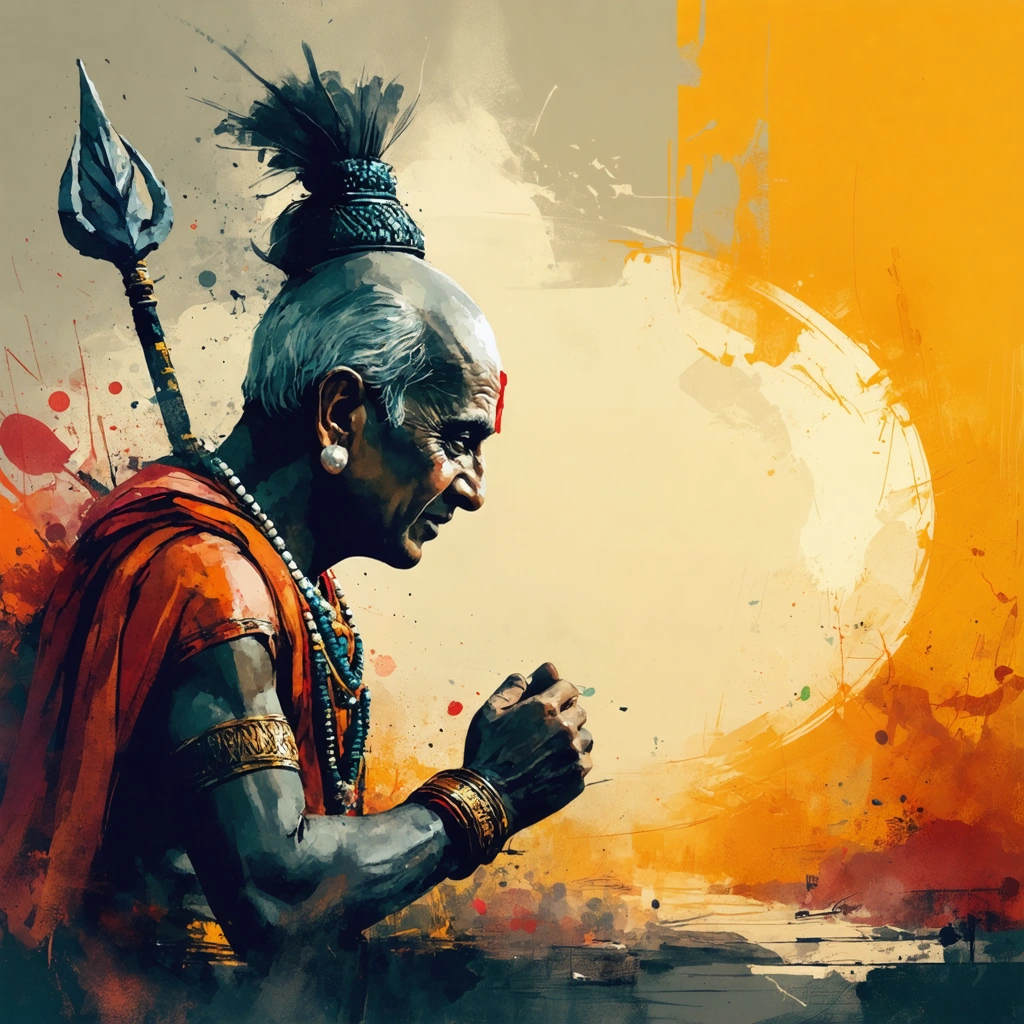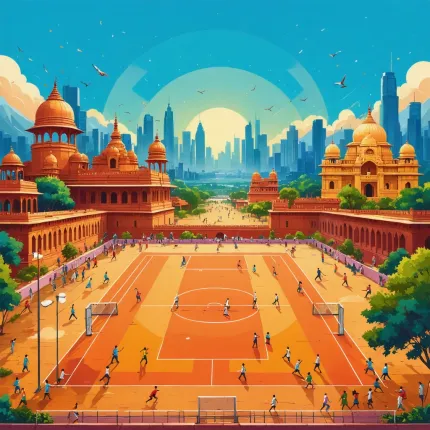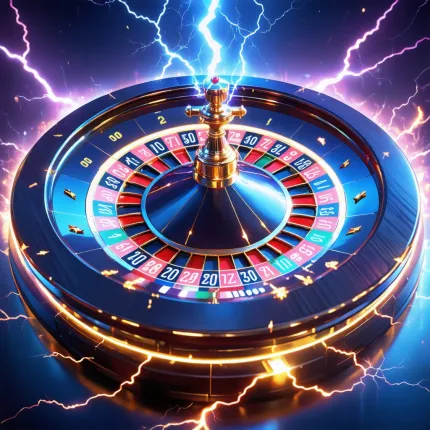The Pulse of a Nation: When Cricket Meets Chanting
Picture this: It’s a sunny afternoon in India, and the T20 World Cup is in full swing. The streets are alive with excitement, families gather around television sets, and friends debate every boundary and wicket with passionate intensity. Simultaneously, somewhere else, the rhythmic chant of Om Namah Shivay echoes through temple courtyards, while at a nearby community center, groups engage in devotional songs praising Jai Shree Ram. Across this vast, diverse nation, two seemingly different forces—sports and spirituality—are doing something remarkable. They’re knitting together the social fabric in ways that transcend language, caste, and creed.
This confluence is not accidental. As India strides confidently through 2025, these twin pillars of cultural expression have emerged as powerful engines of social unity. But how exactly do a fierce cricket tournament and ancient spiritual chants combine to foster a collective identity? What role do historical icons like Sardar Vallabhbhai Patel, the "Iron Man of India," and modern heroes like Mahavir Singh Phogat play in this narrative of togetherness? And why are political alliances such as the National Democratic Alliance keenly interested in supporting such integrative efforts?
Before we dive deeper, mark your calendars—the Rakshabandhan Date this year holds more significance than ever, symbolizing the protective bonds not just between siblings, but among communities united through shared values and common passions.
Bridging Divides: The Challenges That Persist
India’s diversity is its strength, but it can also be a source of friction. Regionalism, religious differences, and socio-economic divides have often tested the nation’s unity. Even as the country celebrates its incredible plurality, occasional tensions arise that threaten to fragment the social mosaic. In 2025, these challenges feel both familiar and new—rooted in historical complexities but amplified by the fast pace of modern life.
Sports, especially cricket, have historically been a unifying force. The T20 World Cup, with its fast-paced, thrilling matches, captivates millions across urban and rural India alike. Yet, the game is more than just entertainment; it’s a shared experience that cuts across barriers. When the crowd chants the name of a player or erupts in collective cheer, it’s a moment of pure social cohesion.
Similarly, spiritual practices offer a sanctuary for millions, providing not only personal solace but also communal identity. The chanting of mantras like Om Namah Shivay and slogans such as Jai Shree Ram evoke deep cultural roots and foster a sense of belonging. These spiritual expressions often transcend individual belief systems, inviting people to partake in something larger than themselves.
However, both sports and spirituality can, at times, be wielded as instruments of division rather than unity, especially when politicized or commercialized. The challenge, then, is to harness their unifying power authentically and inclusively.
Igniting Unity: Stories and Strategies from Across the Nation
India’s journey toward social unity through sports and spirituality is being shaped by inspiring figures and collective initiatives. Take, for example, the story of Mahavir Singh Phogat, whose relentless coaching of his daughters broke gender stereotypes and united communities around the shared pride of sporting achievement. His legacy reminds us that sports can challenge societal norms and bring people together in celebration of progress.
On another front, the legacy of Sardar Vallabhbhai Patel serves as a historical beacon. Known for integrating princely states into a unified India, Patel’s vision resonates today as communities seek harmony in diversity. His image often appears in campaigns promoting national cohesion, linking the past’s unity efforts with contemporary movements.
Moreover, the National Democratic Alliance government has been vocal about promoting initiatives that blend cultural and sporting events with spiritual undertones. These efforts aim to create inclusive platforms where citizens from all walks of life can interact, celebrate, and grow together.
Consider the upcoming Rakshabandhan Date. Beyond the traditional ritual of siblings tying rakhis, community events are being organized that combine spiritual ceremonies and friendly sports tournaments. These gatherings emphasize mutual respect, protection, and unity—core values that resonate deeply across India’s social landscape.
- Community Cricket Leagues: Local tournaments that bring together diverse participants, fostering friendships beyond social divides.
- Spiritual Music Festivals: Events featuring chants like Om Namah Shivay and devotional songs including Jai Shree Ram, open to all faiths and backgrounds.
- Educational Campaigns: Workshops highlighting the unifying contributions of leaders like Sardar Patel and sports icons such as Mahavir Singh Phogat.
All these efforts reflect a broader cultural choreography—where the excitement of a cricket match and the tranquility of spiritual practice dance together, creating a rhythm of unity that resonates across the nation.
What Lies Ahead: Embracing the Dual Spirit of India
As we move forward in 2025, it becomes clear that social unity in India is not a static achievement but a dynamic process. The interplay between sports and spirituality offers a unique pathway—a way to celebrate both competitive spirit and inner peace, public passion and personal faith. Whether it’s the roar of the crowd during the T20 World Cup or the serene repetition of Om Namah Shivay in a temple, these moments collectively nurture a shared Indian identity.
In this blog post, we will explore this fascinating synergy in greater detail. We’ll examine case studies, delve into cultural analyses, and highlight voices from across the spectrum who champion this vision of unity. Our journey will uncover how the spirit of Jai Shree Ram and the legacy of national heroes continue to inspire, how the Rakshabandhan Date takes on renewed meaning, and how political and social institutions collaborate to keep the flame of togetherness burning bright.
So, whether you are a sports enthusiast, a spiritual seeker, or simply someone curious about the threads that bind India’s vibrant society, stay tuned. Together, let’s discover how the game on the field and the chant in the heart are shaping the story of India’s unity in 2025 and beyond.

Social Unity Through Sports and Spirituality: Fostering Community Unity in Indian Society in 2025
In 2025, the intricate relationship between sports and spirituality continues to be a powerful catalyst for social unity across India. As a diverse and pluralistic society, India faces the ongoing challenge of harmonizing its varied cultural, religious, and regional identities. The convergence of sports and spiritual practices offers a unique platform to transcend differences, foster community cohesion, and nurture a shared national identity.
How Do Sports Foster Unity Across Indian Society?
Sports have long served as a unifying force in India, bringing together people from different backgrounds to celebrate collective achievements. Events such as the T20 World Cup exemplify this phenomenon. The cricket tournament not only ignites national pride but also bridges regional, linguistic, and socio-economic divides.
For example, the 2023 T20 World Cup witnessed millions of Indians rallying behind the national team, regardless of their individual identities. This shared enthusiasm creates a sense of belonging and collective purpose that transcends everyday social divisions.
Moreover, sports personalities like Mahavir Singh Phogat, who inspired the nation through his dedication to nurturing female wrestlers in Haryana, symbolize the breaking of traditional barriers and the promotion of gender equality. His story, popularized through films and media, has motivated communities to embrace sports as a tool for empowerment and unity.
Key Ways Sports Promote Social Unity
- Encouraging teamwork and mutual respect among diverse participants.
- Providing a neutral ground where caste, religion, and language differences are secondary to shared goals.
- Creating role models who inspire national pride and social cohesion.
- Facilitating government initiatives under bodies like the National Democratic Alliance to promote grassroots sports development.
What Role Does Spirituality Play in Enhancing Community Bonds?
Spiritual practices in India, deeply rooted in centuries-old traditions, continue to shape social interactions and collective identity. Chanting of mantras such as Om Namah Shivay and slogans like Jai Shree Ram serve not only religious purposes but also act as unifying chants during community gatherings, festivals, and public events.
For instance, during festivals like Rakshabandhan, celebrated annually on the Rakshabandhan Date, spiritual rituals reinforce familial and social bonds. The festival symbolizes protection and unity, drawing people together beyond mere ritualistic observance.
Spirituality also influences social cohesion by:
- Encouraging moral and ethical conduct that fosters harmony.
- Providing communal rituals that create shared experiences and memories.
- Serving as a cultural anchor that preserves identity while welcoming inclusivity.
How Do Sports and Spirituality Intersect to Strengthen Indian Society?
The intersection of sports and spirituality in India offers a holistic approach to community unity. Sporting events often incorporate spiritual elements, such as invoking blessings or chanting mantras, creating an atmosphere of respect and shared purpose. This fusion reflects India’s ethos of unity in diversity.
For example, before major cricket matches like those in the T20 World Cup, players and fans may participate in spiritual rituals or chants, blending competitive spirit with cultural reverence. This integration helps diffuse tensions and encourages positive sportsmanship.
Further, leaders inspired by figures like Sardar Vallabhbhai Patel, known as the Iron Man of India for his role in uniting the country post-independence, emphasize the importance of unity through both physical and spiritual strength. His legacy encourages citizens to look beyond differences and work collaboratively toward nation-building.
What Are the Challenges and Future Prospects?
While sports and spirituality significantly contribute to social unity, challenges remain. Issues such as regionalism, political polarization, and social inequalities sometimes impede the full potential of these forces. The role of political coalitions like the National Democratic Alliance in promoting inclusive policies and infrastructure development is crucial in overcoming these hurdles.
Looking ahead, the prospects for deepening social unity through these channels are promising:
- Increased investment in sports infrastructure will widen participation across socio-economic strata.
- Promotion of inclusive spiritual events that celebrate India’s pluralism can strengthen communal harmony.
- Educational programs combining physical education with cultural and spiritual teachings may nurture well-rounded citizens.
Conclusion
In summary, the synergy between sports and spirituality continues to be a vital avenue for fostering social unity in India in 2025. From the fervor of the T20 World Cup to the spiritual chants of Om Namah Shivay and Jai Shree Ram, these domains create shared experiences that transcend individual differences. Celebrations like the Rakshabandhan Date and the legacy of leaders such as Sardar Vallabhbhai Patel and Mahavir Singh Phogat underscore the enduring power of unity through collective identity. With thoughtful policies and community engagement, India can harness this synergy to build a more cohesive and harmonious society.




